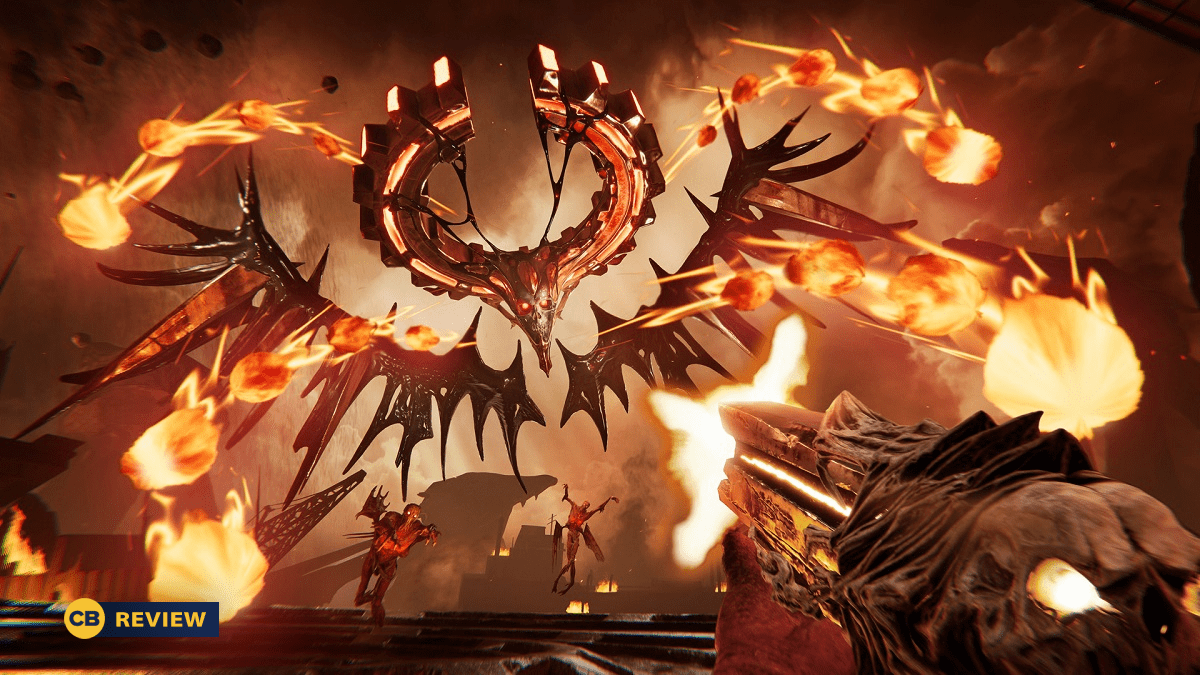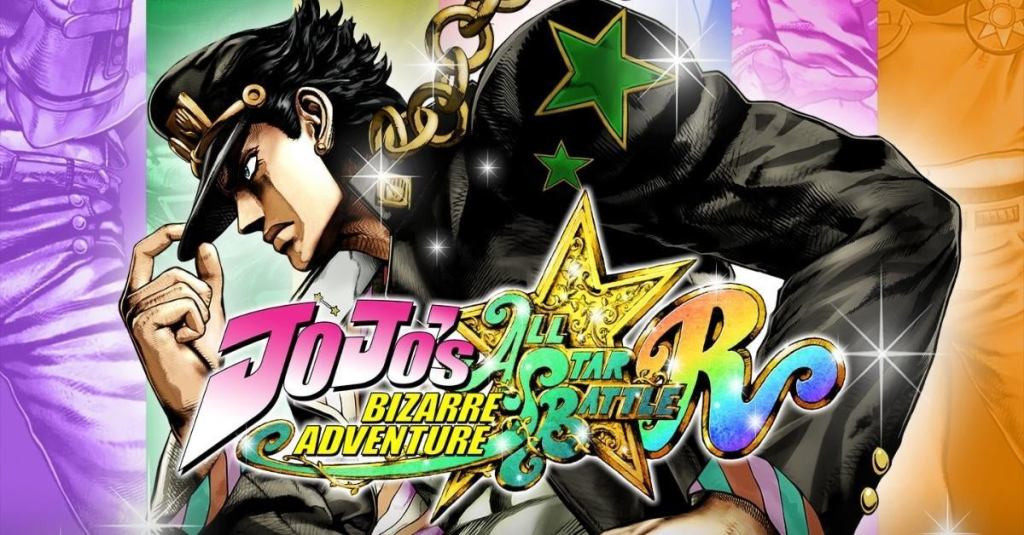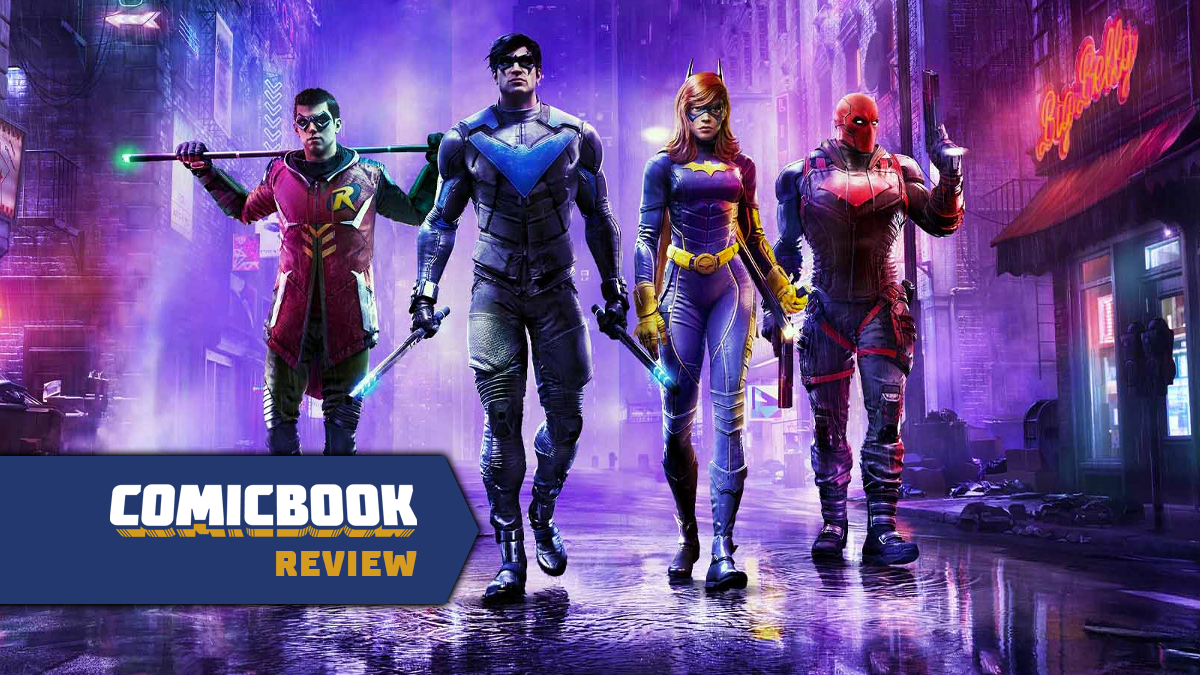The Saints Row reboot attempts to revitalize the beloved crime franchise, blending the tones of Saints Row 2 and Saints Row: The Third. While it delivers a story packed with bombastic set pieces and over-the-top action, a poorly paced narrative, technical issues, and dated gameplay hold it back from true greatness.
The game casts you as “The Boss,” a down-on-their-luck mercenary who, along with their roommates, decides to ditch their dead-end jobs and form their own criminal empire: The Saints. Set in the vibrant, Las Vegas-inspired city of Santo Ileso, the game follows their rise to power as they challenge established gangs and corporations. The premise, centered around seeking proper rewards for hard work and taking control of one’s destiny, has the potential for a compelling narrative.
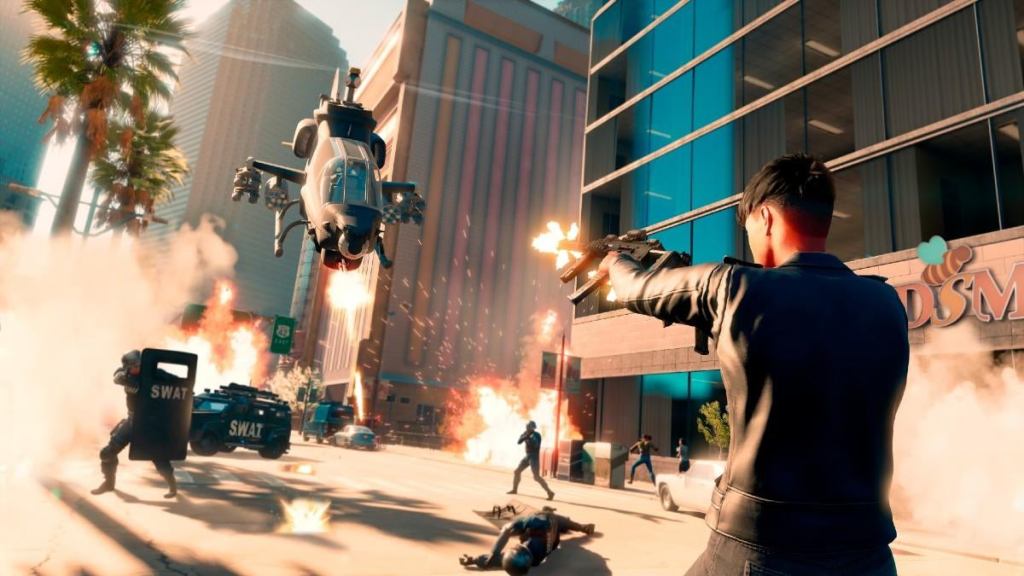 saints-row-heli-fight.jpg
saints-row-heli-fight.jpg
However, the story takes a considerable amount of time to find its footing, with the build-up to forming the Saints feeling unnecessarily drawn out. Once the empire-building truly begins, the narrative rushes towards an unearned and jarring finale. The game feels like it’s missing crucial acts, leaving little time to connect with the new characters. While humorous, they lack the depth and memorability of iconic characters like Johnny Gat and Shaundi from the original series. The underdeveloped character arcs and rushed pacing prevent the emotional impact the game strives for.
Thankfully, the gameplay often compensates for the narrative shortcomings. The missions are a chaotic mix of outrageous scenarios, from participating in an absurd LARP war inspired by Mad Max and Game of Thrones to flinging porta-potties around town with tow cables. This constant introduction of fresh, over-the-top set pieces delivers the trademark Saints Row experience.
Gameplay Highs and Lows
Despite the entertaining missions, the core gameplay mechanics feel dated. The gunplay is stiff and lacks the visceral impact of modern open-world titles like Grand Theft Auto V. While the variety of weapons and special abilities can lead to some engaging combat scenarios, the shooting itself feels underwhelming. The sound design and limited weapon selection further contribute to this sense of stagnation.
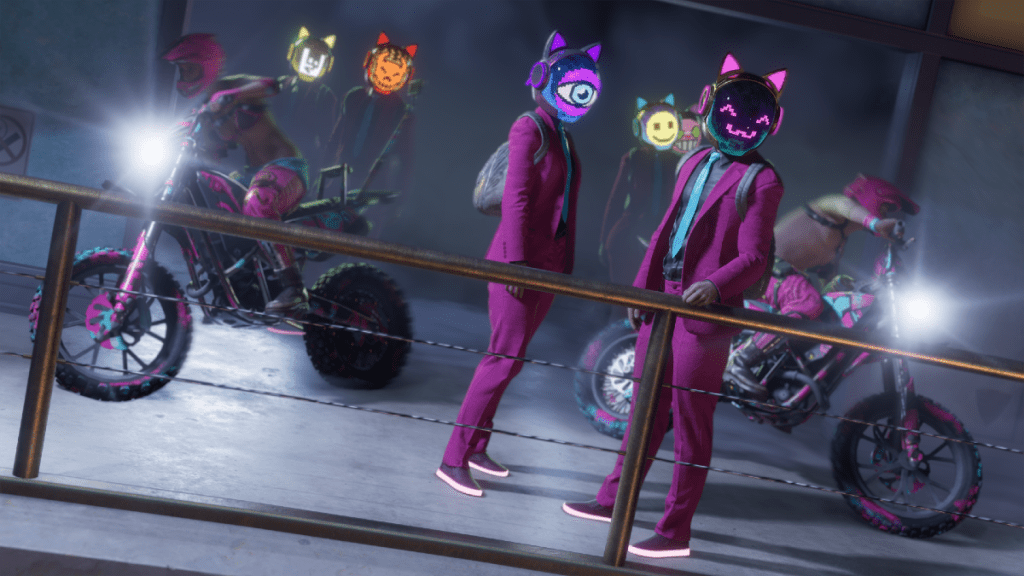 saints-row-idols.png
saints-row-idols.png
Driving, on the other hand, provides a more enjoyable experience. The arcade-style handling, reminiscent of RC cars or Hot Wheels, allows for exhilarating drifts and high-speed chases. The side-swiping mechanic and the satisfyingly over-the-top explosions add to the chaotic fun.
Beyond the main story, Saints Row offers a wealth of side content. Building your criminal empire involves acquiring and managing 14 different businesses, generating passive income and unlocking new missions. These activities, including car repossession, crime scene cleanup, and the returning insurance fraud missions, provide ample opportunities for continued mayhem. However, the absence of store robberies, a staple in previous games, feels like a strange omission. The simplified armored truck robberies also contribute to the game’s dated feel.
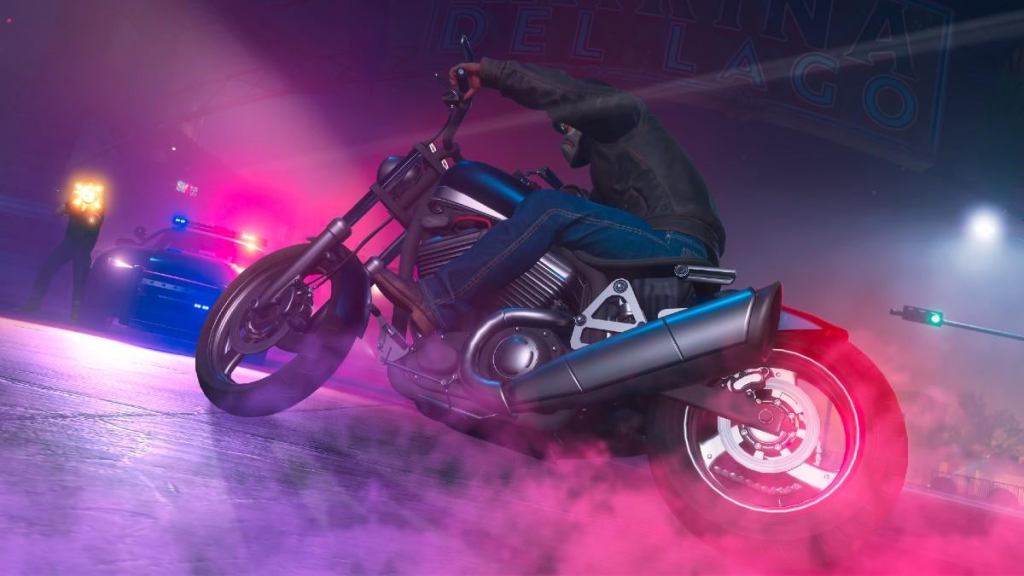 saints-row-bike-burnout.jpg
saints-row-bike-burnout.jpg
Technical Issues and Visuals
Perhaps the most significant issue with Saints Row is its technical state. Bugs are prevalent, ranging from minor graphical glitches to game-breaking issues requiring restarts. Character models appear dated, and animations often feel stiff and unnatural. These technical problems, coupled with visual inconsistencies like pop-in and low-resolution textures, detract from the overall experience.
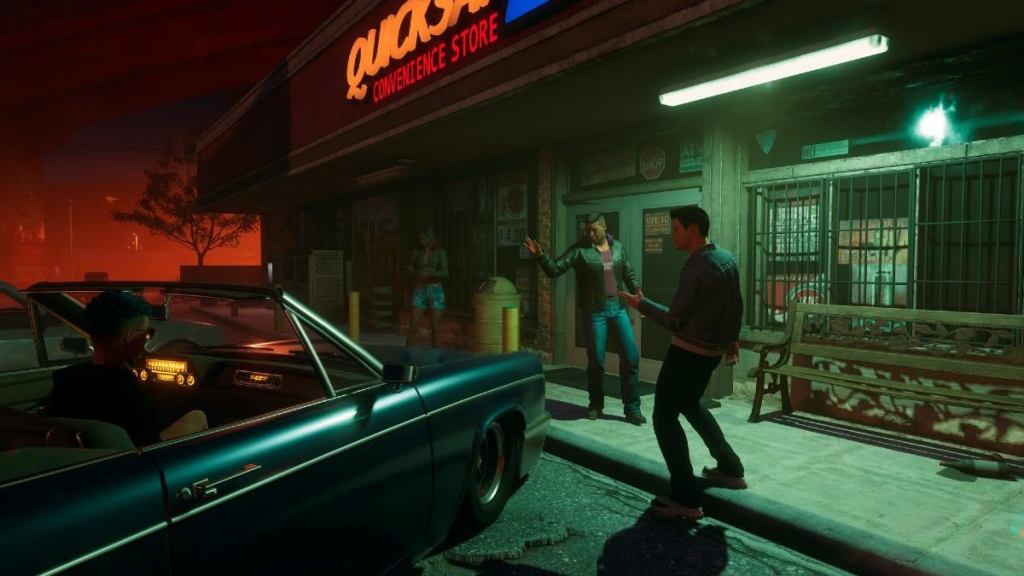 saitns-row-city-store.jpg
saitns-row-city-store.jpg
Conclusion
Despite its flaws, Saints Row delivers a chaotic and often entertaining open-world experience. The over-the-top missions, engaging driving mechanics, and empire-building aspects provide hours of fun, especially in co-op. However, the poorly paced story, dated gameplay elements, and pervasive technical issues prevent it from reaching its full potential. While a day-one patch may address some of the bugs, the underlying design choices ultimately hold this reboot back.
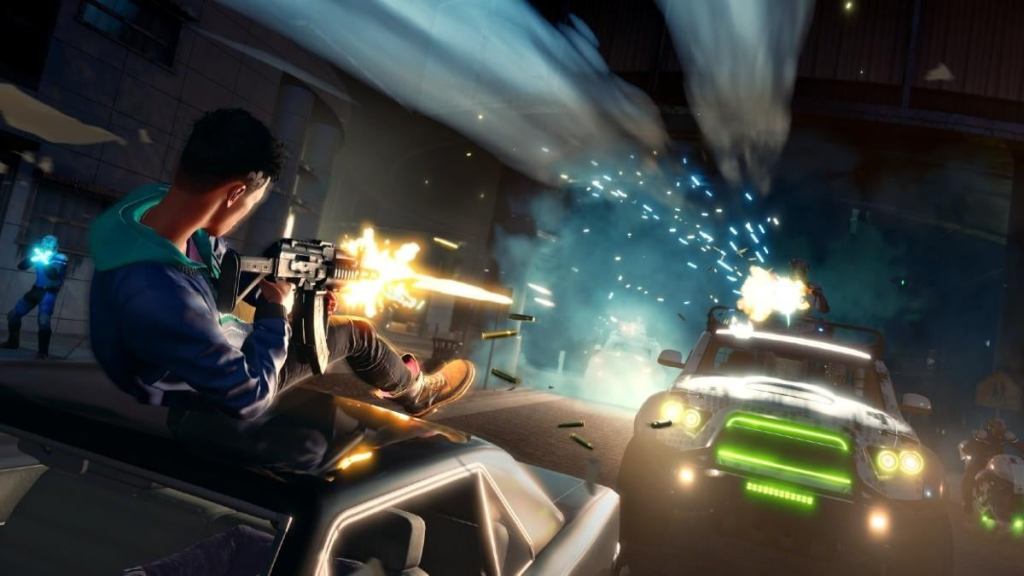 saints-row-car-chase.jpg
saints-row-car-chase.jpg





